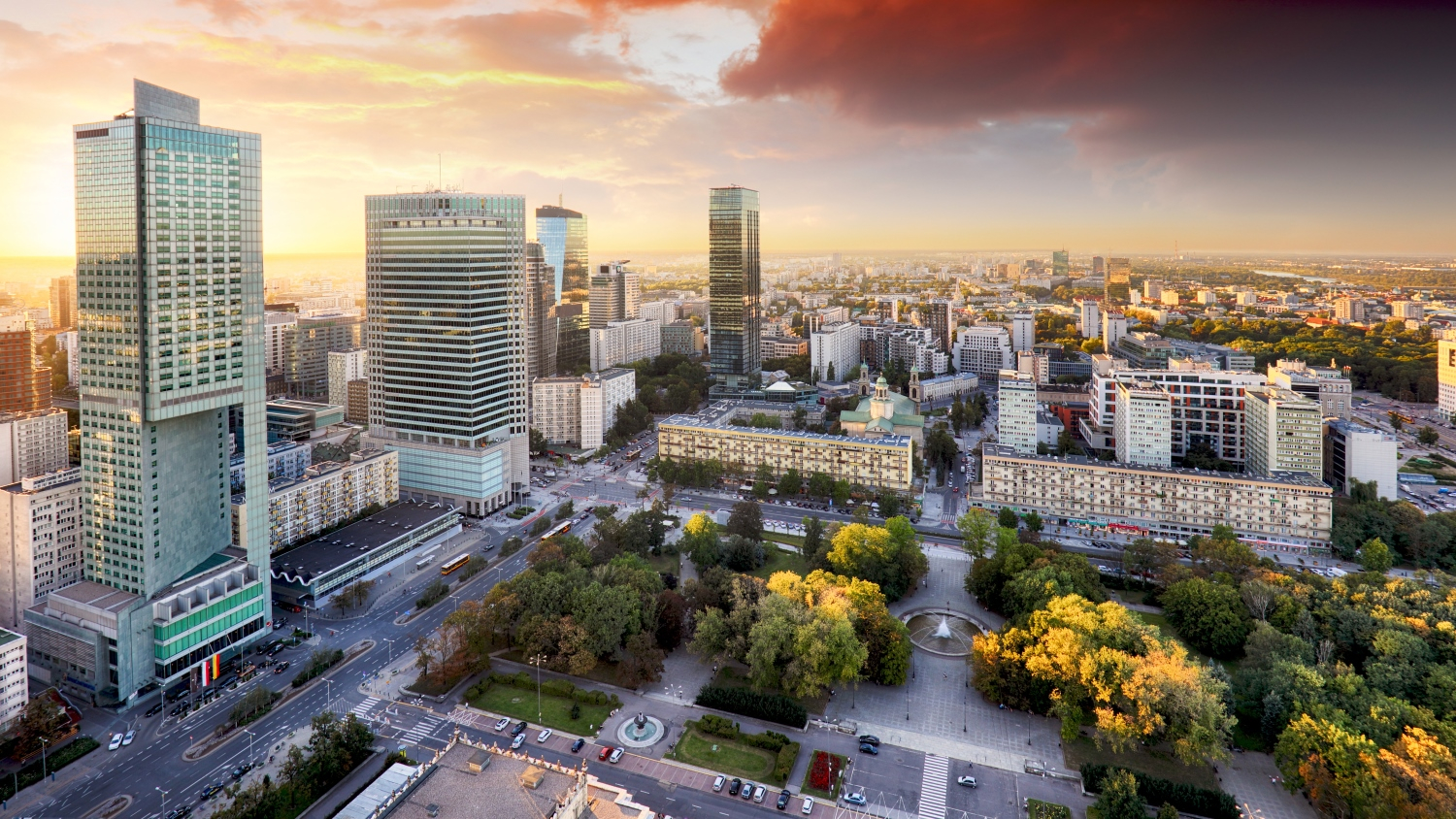
The war in Ukraine has affected the economic situation of all countries from the CEE region, ESG moves from “nice to have” to a market standard in all real estate market segments and increasing construction, operation and transportation costs translate into increasing costs in all real estate sectors. These are some of the key findings discussed in the latest Colliers summarising the year 2022 in CEE.
Office sector
2022 saw low levels of new office supply in most CEE countries. In Poland, a significant wave of new supply has changed the balance of power in the office markets. In 2022, for the first time, the total supply of modern office space in the 8 major regional markets exceeded the level offered in the capital city of Warsaw, by 200,000 sqm. Demand for offices is reaching pre-covid levels across the CEE region. In the Czech Republic, the gross take-up volume has equalled some of the most successful years with a total of over 500,000 sqm.
Flexibility remains an increasingly important topic for Slovakia’s office market. Tenants place a much higher emphasis on shared working spaces and social areas, which in turn enables them to undertake reductions in the total leased space of up to 20%-30%.
Retail sector
In most countries of the region, footfall and turnovers in shopping centres are back to pre-covid levels. In Bulgaria, retail performed very well with retail parks continually expanding and shopping centres standing their ground. Online sales accelerated during the pandemic and now omnichannel sales are a prerequisite for any retailer. In the Czech Republic, retail parks proved their resilience during the pandemic, which continued into 2022 and will likely continue in 2023. In Hungary, high street fashion shops have been less popular as high streets predominantly rely on international tourists and their footfall, and these have been strongly impacted by the restrictions and a full recovery will need more time. The huge share of retail parks among the newly delivered stock is a continuing trend in Poland. Developers focus on smaller schemes with a convenience profile, located mostly in smaller towns. Large cities see a growing number of mixed-use developments.
Industrial sector
2022 was another good year on the CEE industrial market in terms of demand levels. Rents in this market segment across all CEE countries have increased, but remain competitive compared to Western European markets. Vacancy rates in most CEE counties remain very low at <5.0%. In the Czech Republic, despite the significant inflow of new warehouses, the vacancy rate continued its fall towards zero, and at one point dropped below 1% for the national average. This is thanks to the fact that virtually every warehouse completed is already pre-leased to a tenant or tenants, sometimes with room to spare for eventual expansion. In Poland, tenant interest in warehousing space in 2022 remained very high, indicating that despite rental increases, both tenants and landlords were able to come to an agreement and adapt to the new reality of the market. In Slovakia, the I&L market is becoming increasingly landlord oriented. With rising construction costs, rental levels continue to increase and landlords lose their ability to offer rent guarantees. Future lease agreements, which were previously conducted over 2-3 months, are now shortened to 2-3 weeks, reflecting the maximum time suppliers can hold prices.
Investment market
2022 saw a slowdown in investment volumes compared to previous years, owing to elevated costs of financing, fewer products available and general market uncertainty. There was an increasing trend in the prominence of domestic CEE capital across investment transactions in CEE countries. Investors from the Czech Republic, Hungary, Romania and Slovakia in particular, proved that local market knowledge and presence are the keys to success. Approximately 35% of the investment volume came from CEE-based investors. Poland increased its share as a key market in the region of Central and Eastern Europe with more than 50% of overall transaction volumes. Asset price corrections compared to the level before the war generate appealing market opportunities for investors. Further inflows of capital from Romania, the Baltic States, the Czech Republic and Hungary are expected.



